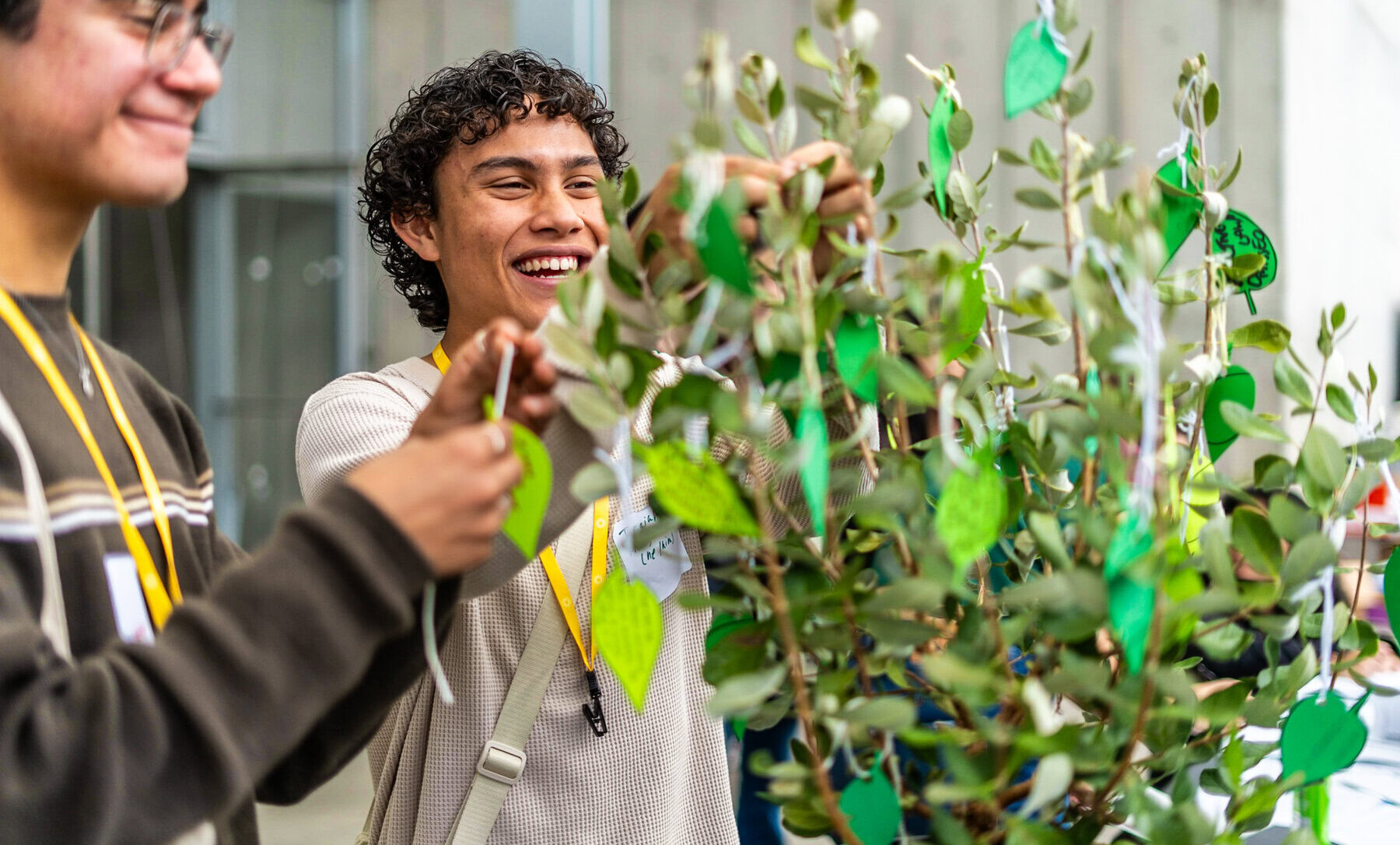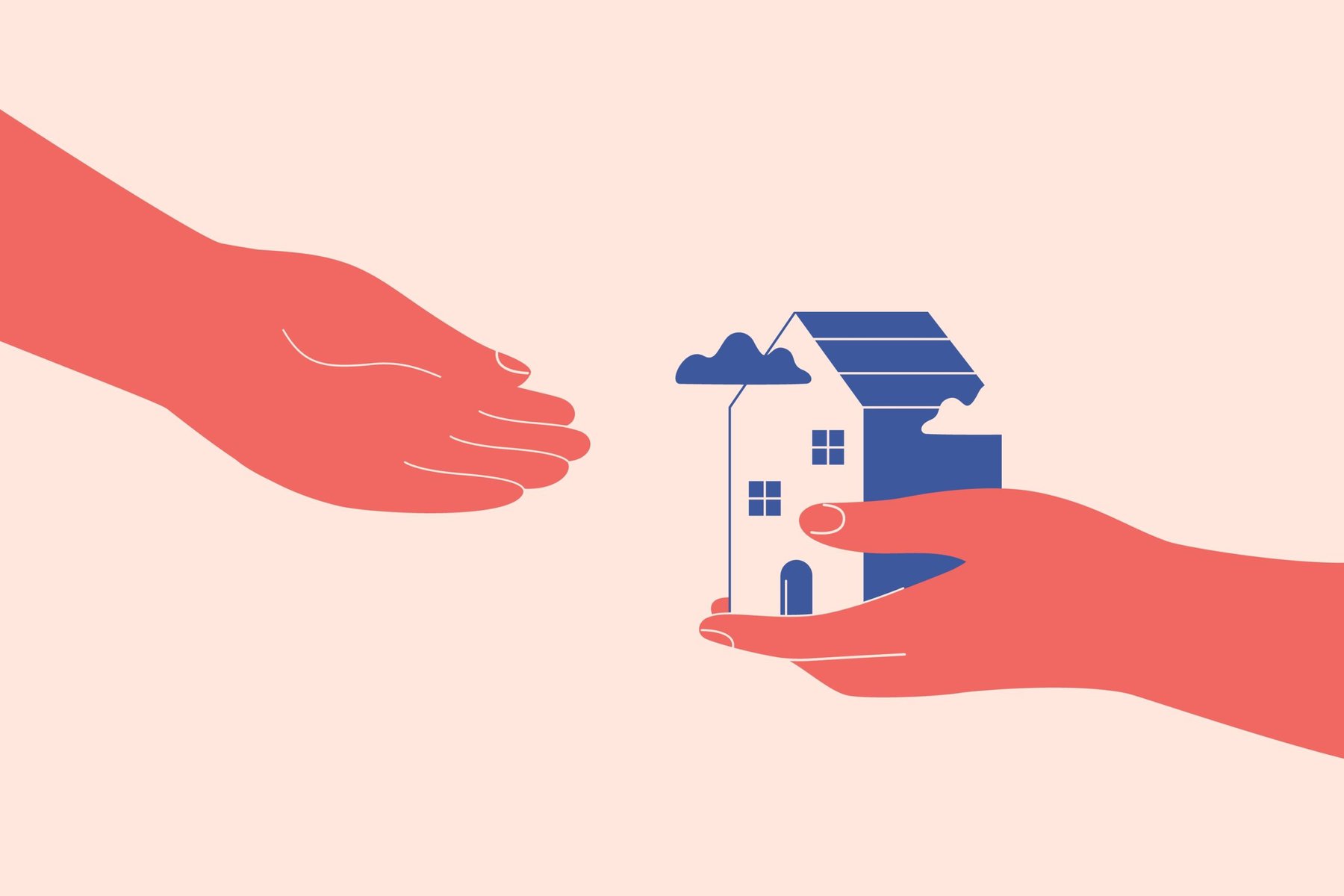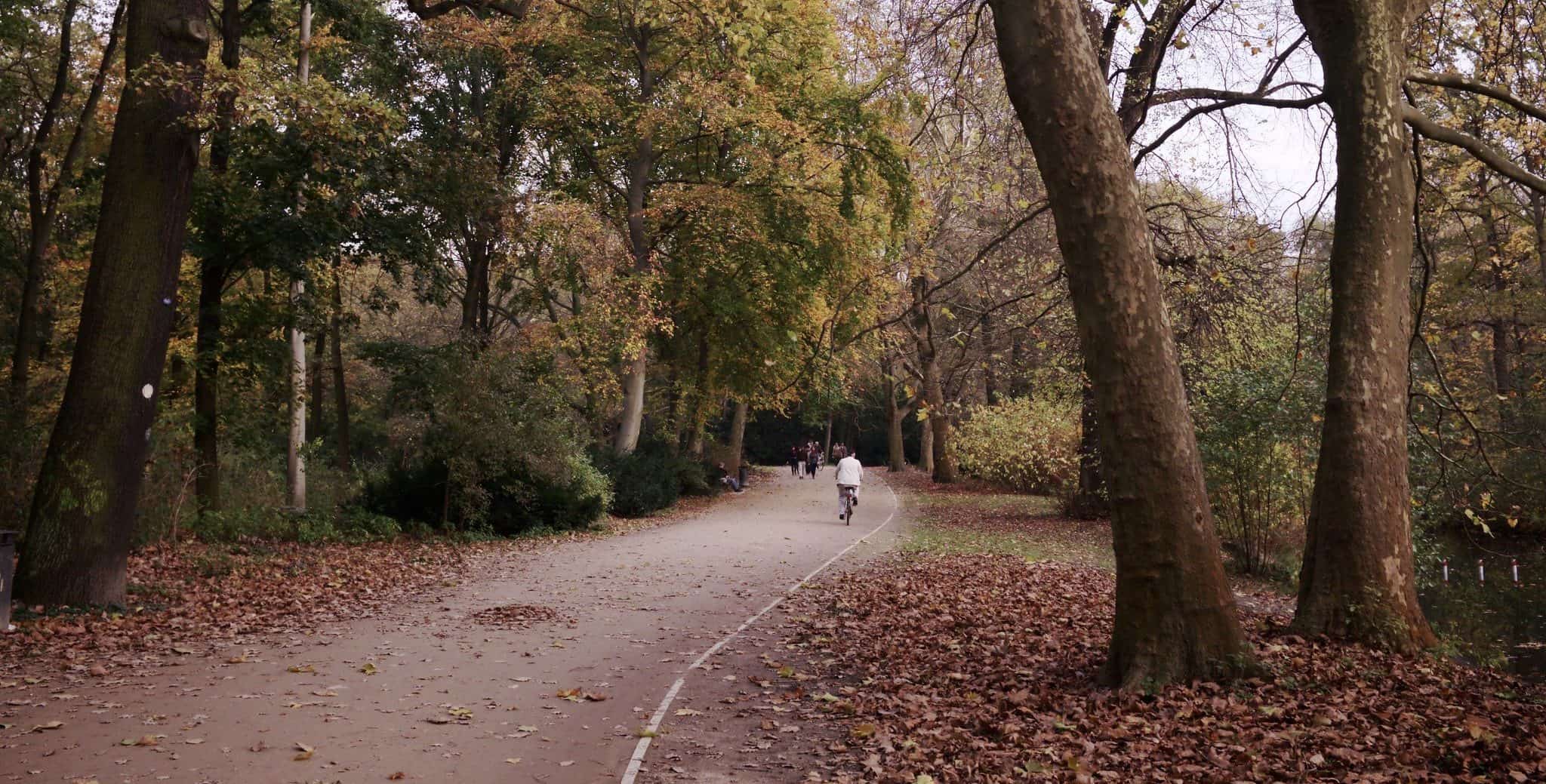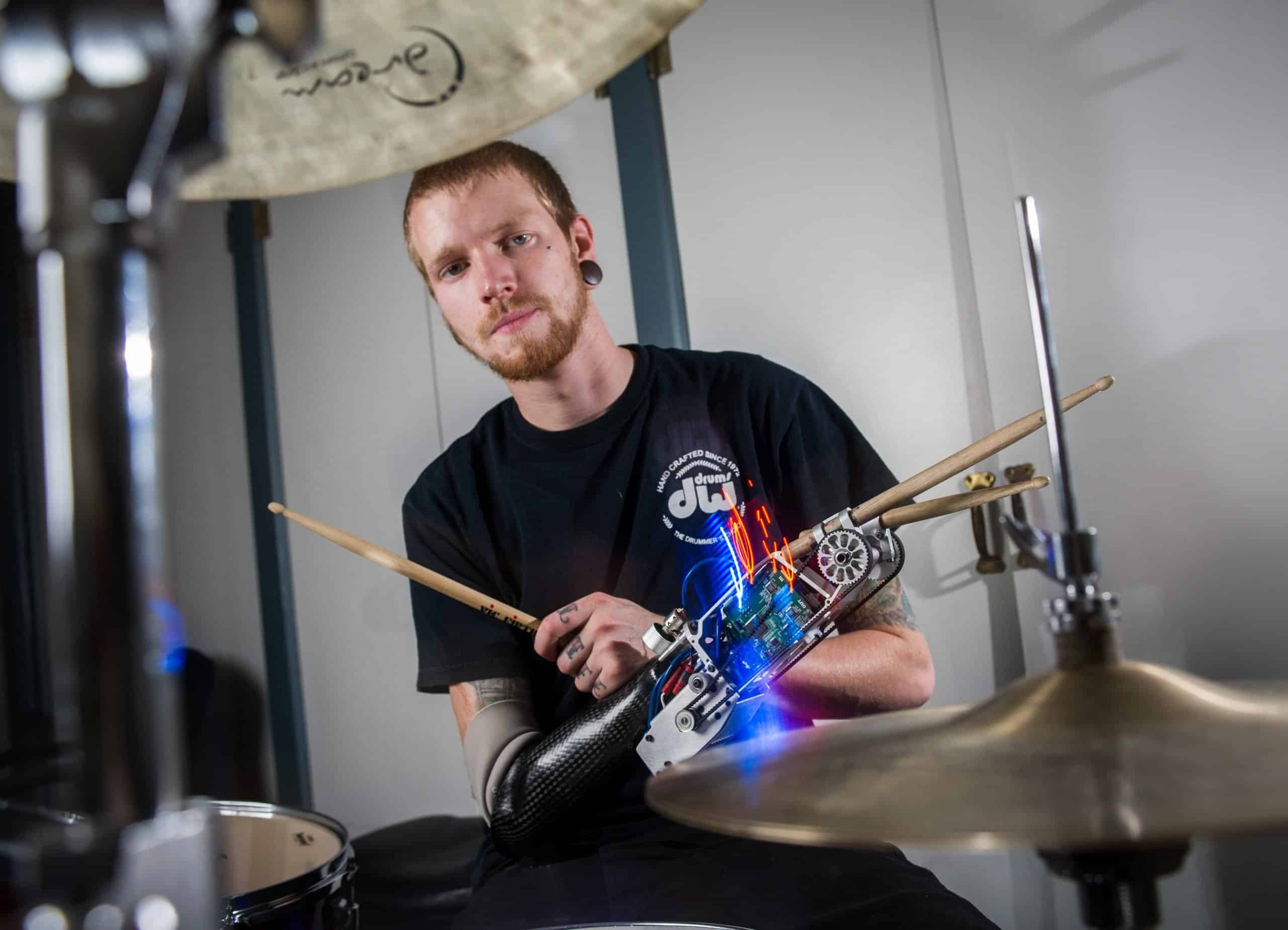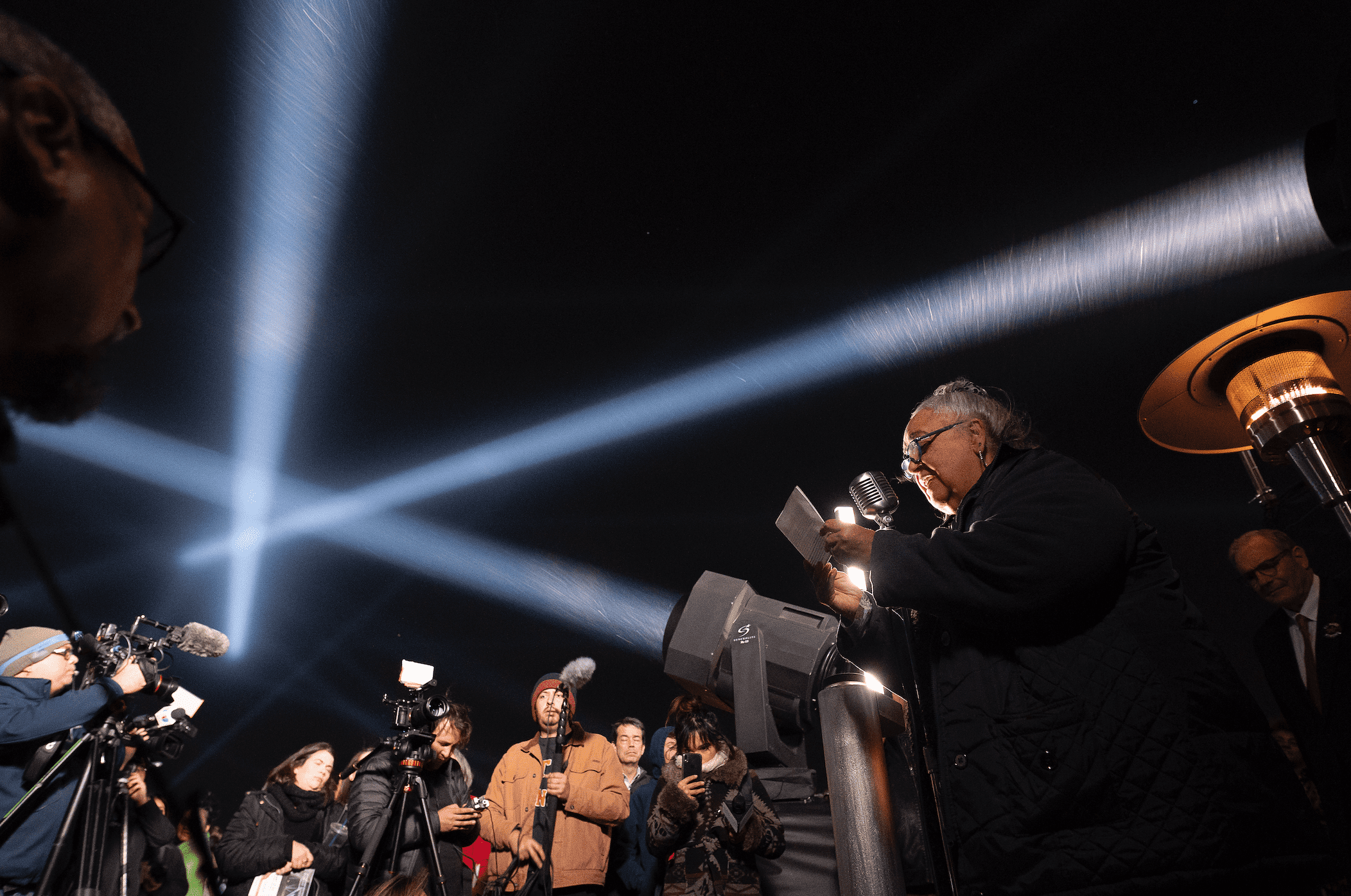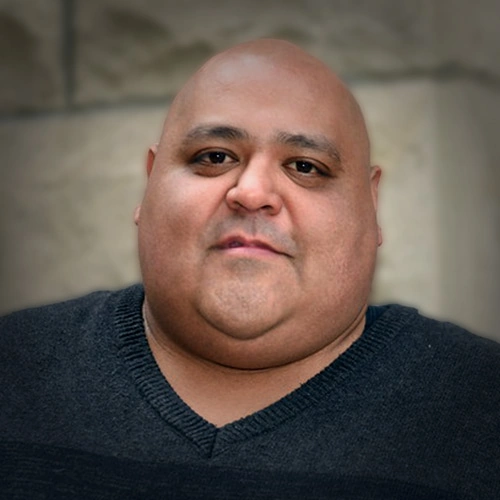Less than 24 hours after Trayvon Martin was shot and killed in Florida as he returned home with a bag of Skittles, then-President Barack Obama addressed a rattled nation. Standing among a group of Chicago-area teens, he announced the launch of My Brother’s Keeper, an initiative to address the persistent opportunity gaps faced by boys and young men of color, and to ensure all young people can reach their full potential.
“I firmly believe that every child deserves the same chances that I had,” said Obama from a podium in the White House’s East Room. “That’s why we’re here today. To do what we can, in this year of action, to give more young Americans the support they need to make good choices and be resilient, and to overcome obstacles and achieve their dreams.”
Martin’s death became a catalyst for a national reckoning against structural racism, prompting many cities to respond with efforts to uplift communities of color. Some have shown signs of success; others have fallen short. But ten years after its launch, My Brother’s Keeper, now known as the MBK Alliance, has seen remarkable progress in three cities in particular, helping them prove that the power of collaboration can solve deeply entrenched problems that have plagued America for decades.
Crushed by negative news?
Sign up for the Reasons to be Cheerful newsletter.Serving as a financial and advisory resource, MBK Alliance helps foster collaborations between cities to achieve progress across six milestones identified as keys to young people’s future success: early childhood education, reading at grade level by the end of third grade, graduating from high school, completing a post-secondary education or training, getting a job and staying safe from violence.
Backed by the power of the nationwide collective, three “Model Communities” have emerged as standouts in achieving these goals: Newark, New Jersey; Omaha, Nebraska; and Tulsa, Oklahoma. Here’s a glimpse into how they did it.
Newark
Eleven years ago, Newark, with 112 homicides, had the third highest murder rate in the nation, as gun violence wracked the city’s most disadvantaged neighborhoods.
By last year that number had plummeted to 47, the lowest number of homicides in 60 years, and continuing a trend of sharply falling violent crime rates in New Jersey’s biggest city. The year prior, in 2022, Newark saw fewer homicides than it had since 1961. And two years before that, in 2020, not a single shot was fired by a police officer in Newark all year.
“The larger ecosystem in Newark working to improve public safety came together and got to work,” explains Mark Comesañas, executive director of My Brother’s Keeper Newark, which functions as an initiative of the Newark Opportunity Youth Network.
The fruits of that labor came during a crucial time, as the impact of the Covid-19 pandemic and George Floyd protests collided to shine a light on the nation’s inequities.
Mayor Ras Baraka, a son of the city, reappropriated five percent of the police budget to fund violence prevention work. Newark launched a new Office of Violence Prevention and Trauma Recovery, which uses data analysis, anti-racism and hate crime units, victim support, partnerships between police and social workers, and other proven public health approaches to increase safety. And the Newark Community Street Team, which deploys outreach workers and high-risk interventionists to mediate disputes and stop bloodshed, now works with youth most at-risk to perpetrate or become a victim of violence.
“Newark is no longer on the ‘top 10 most violent city list,’ where it had a coveted position for almost 50 consecutive years,” Street Team founder Aqeela Sherrills recently told Yahoo! News.
Most importantly, says Comesañas, also born and raised in Newark, young people, often left out of discussions aimed at understanding their challenges, now sat at the table, participating in public forums on crime and meeting with elected officials. Their success has influenced advocates to reach back further to engage youth as young as 13, he adds.
“Young people are our community’s greatest untapped resource,” he said. “Instead of seeing them as a problem to be solved we saw them as an asset in solving those problems.”
Being an MBK Alliance Model Community has allowed Comesañas and others from Newark to share their experiences, while also learning from the wins and losses of other cities, he says. For instance, his organization gleaned lessons from New York’s Young Men’s Initiative and NYC Men Teach, and an action guide from Sacramento that helped to fine tune efforts in Newark.
Still, Comesañas knows the work is not done.
“Our next phase is to ensure there’s even greater integration across all systems,” he says. “We need City Hall, community orgs and charter schools all working together and having conversations; we need to hear from more young people.”
Tulsa
Being named a My Brother’s Keeper Model Community in 2023 didn’t turn the community in Tulsa, Oklahoma, complacent. It inspired them to do more.
“We’ve activated nearly 100 more partners since becoming a Model Community, working to understand experiences of Black young men and boys of color through the milestones,” said Ashley Philippsen, executive director of Impact Tulsa, which leads local MBK efforts.
Tulsa earned its Model Community status for the strides it made towards the first predictor of success identified by My Brother’s Keeper: early childhood education.
Oklahoma began offering universal preschool education in 1998, yet several years ago thousands of children in Tulsa County, including more than 1,000 in the City of Tulsa, were not enrolled, Philippsen says. Changing that required the convening of residents, community organizations, city and county departments, businesses, and the school district, among others.
“Together, we had to shift the narrative around preschool education,” Philippsen says.
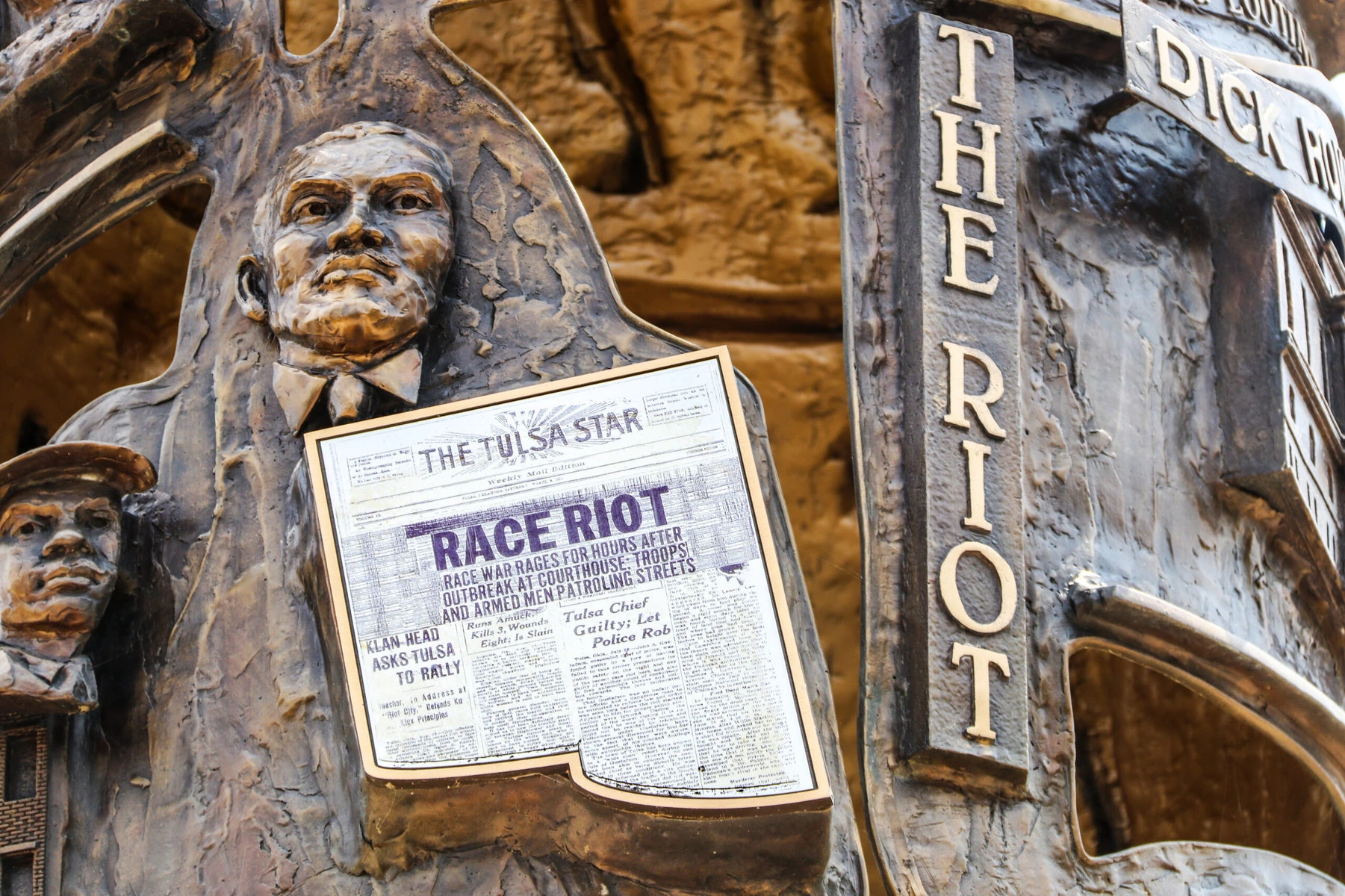
Clergy, daycare teachers, parents and schools formed teams and went door-to-door, armed with data they had collected to better understand the factors keeping kids out of preschool. “We used data as a flashlight to help our partners identify and remove roadblocks for young people in underserved communities,” Philippsen says.
They paired this face-to-face persuasion with a mass media campaign that purchased space on billboards and aired commercials on television. Churches and others preached a new awareness about the benefits of early education, while also addressing barriers to enrollment, such as a lack of programs in underserved neighborhoods.
To better understand the complex challenges of students in Tulsa, the Tulsa Child Equity Index, a project of Impact Tulsa and Tulsa Public Schools, was created in 2018 to pinpoint areas of need. The index includes data on 14 different neighborhood indicators, including gun violence, employment rate, walkability, educational attainment and socioeconomic status. Each helps to identify structural and systemic barriers, intersections between opportunity and access, Philippsen explained.
“It helps to build a deeper understanding of the factors that impact students in certain neighborhoods,” she said.
As a result of these efforts, enrollment in early childhood programs in Tulsa increased from 65 percent of eligible students in 2013 to 82 percent in 2020, and attendance overall for students of color rose by 33 percent. And while some of those gains were lost amid the pandemic, the benefits of involvement with My Brother’s Keeper, particularly as a model community, continue.
“It’s really been powerful to be part of this national network, learn from each other and share best practices so that other cities can experience the same successes,” Philippsen says.
Omaha
When Mississippi-born William Barney moved to Omaha, Nebraska, 24 years ago, he saw many of the problems he’d become familiar with as he traveled the country identifying strengths and struggles in African American communities.
Among the challenges, he said, were high levels of gun violence, low graduation and employment rates, and housing challenges.
He got to work, launching the African American Empowerment Network, a convener for those looking to solve issues that impact the Black community.
“We started by talking to a few people about things we could do together to improve conditions here,” Barney says, recalling conversations he had with pastors, residents and others.
Since then those talks have multiplied. Church visits and door-to-door chats became formal sit-downs with nonprofits, businesses, Omaha Public Schools, the police department, elected officials and many more, Barney says.
“We listen to each other, facilitate on collective tables, and develop plans to create change,” he adds.
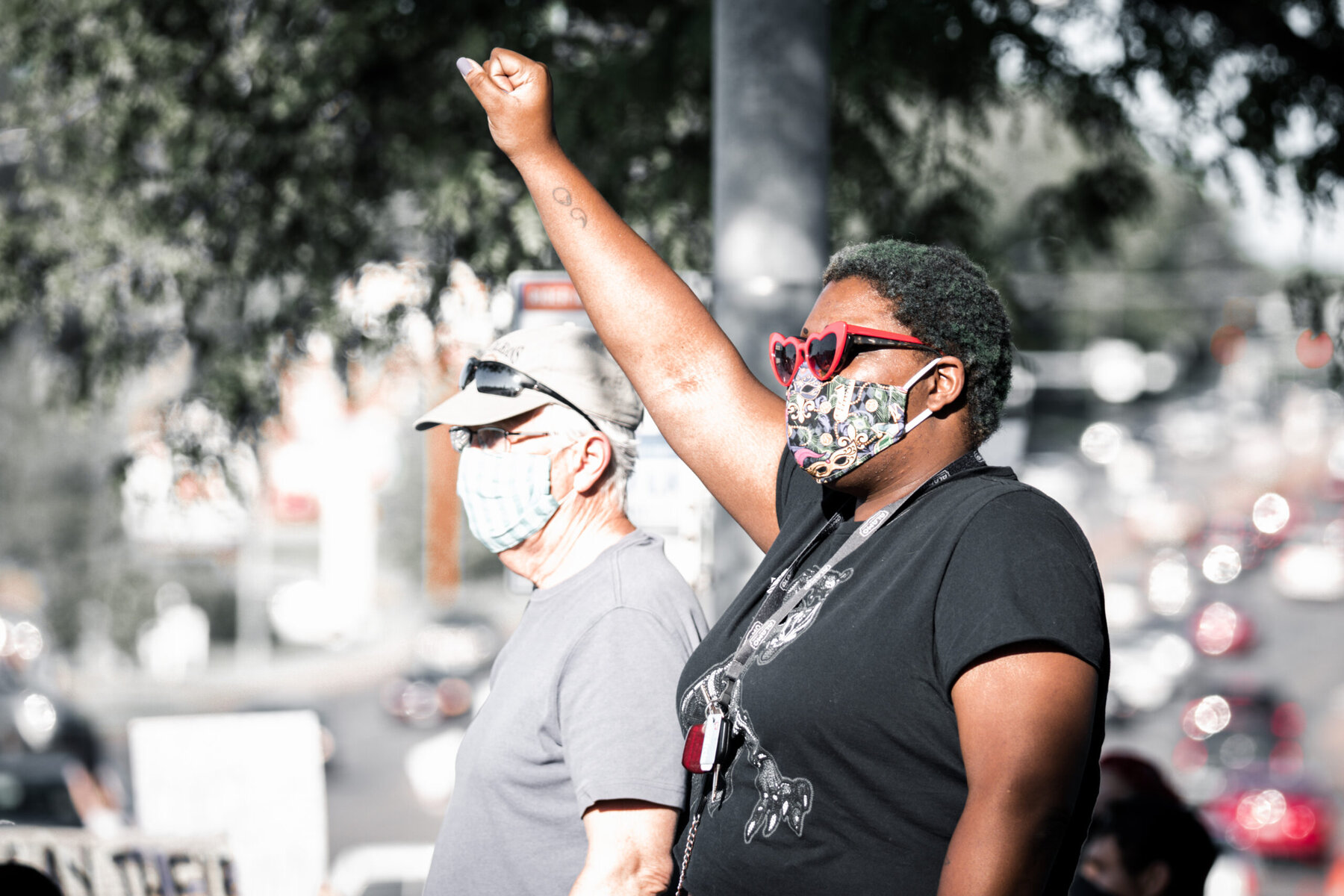
Those talks have led to action, like a partnership between the school district and more than 40 organizations. Some 500 youth are now enrolled in Step-Up Omaha, a summer employment and training program for 14-to-21 year olds. And the Empowerment Network has worked to expand employment programs, foster civic engagement among youth and other residents, increase exposure to STEM fields and reach other diverse communities, including Latinx, Native American and Asian groups.
The outcome? Graduation rates rose and the unemployment rate plummeted, Barney said. Shootings are down with homicides dropping by 33% since 2011. And Omaha 360, an initiative of the Empowerment Network, is now recognized nationally as a model for violence prevention and intervention.
None of this work can be done in silos, he explains.
“No one individual, organization or business can solve these problems themselves,” Barney said. “We have shown that we can only create change by working together.”



